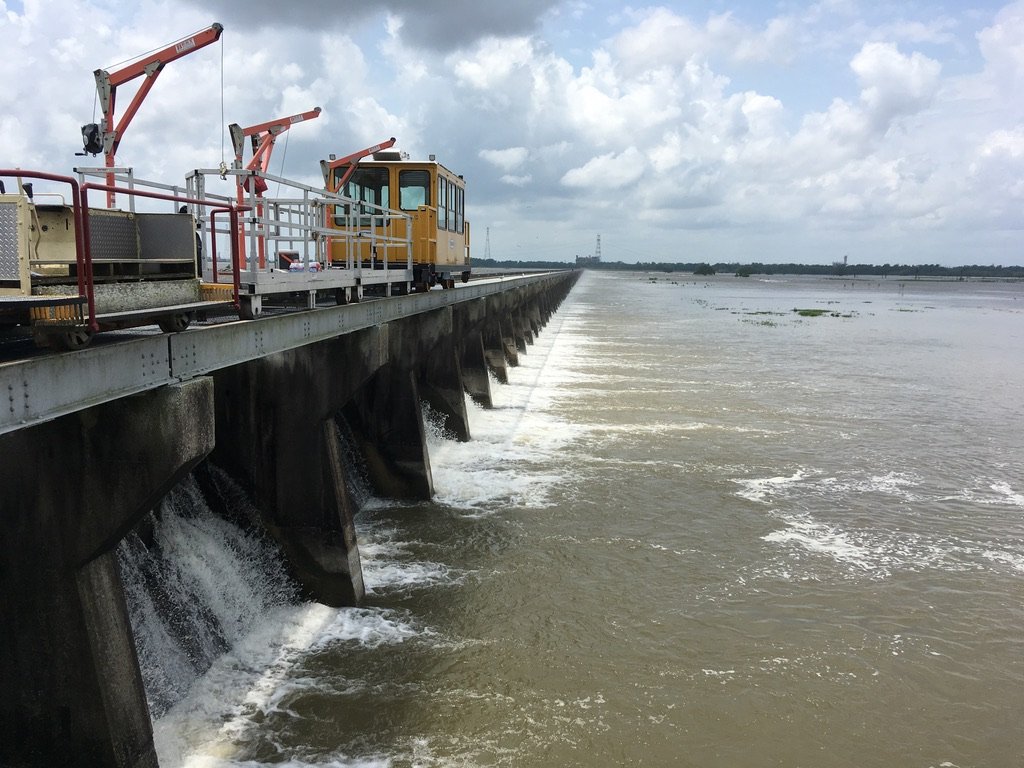
Regional Coordination & Governance
Develop a regional repository to house cross-jurisdictional modeling, measurements, toolkits, and convenings
There is no clear responsible authority for Urban Water Plan implementation, and the need for some sort of regional coordination remains clear. Designating responsibility and financially supporting Urban Water Plan implementation under a regional organization – existing or created – establishes clearer channels of regional collaboration and can create economies of scale for implementing large public works projects. While the vision for such a regional entity remains blurry, there are examples of relevant collaboration, such as large-scale emergency response, consolidation of levee districts and coastal protection efforts after Hurricane Katrina, and the long-standing metropolitan planning organizations.
Background

“Instead of planning in the abstract, look at where you actually have regional links in terms of water...where those links have to be bolstered...where is water truly unifying.”
— Mark Davis, Tulane University
“It would be great if we can just have one entity meeting with everyone, instead us doing these separate meetings with this agency, that department, that government...that would cut down on time and help us move things forward.”
— Cheryl Austin, Greater Treme Consortium
“Coordination and planning come from operations; the only way you realize the savings is by coordinating your operations.”
— Tyler Antrup, Tulane University
Insights & Opportunities
Instead of managing water episodically and reacting to events, regional entities with jurisdiction must consider, organize, and prioritize stormwater management with green infrastructure in an evergreen manager and in advance of a crisis.
Inter-Parish collaboration and the regionalization of Urban Water Plan implementation will create economies of scale, lowering project costs to the public sector, while bettering market conditions for private consultants, contractors, and suppliers of green infrastructure services and materials. Regional consolidation may be necessary to have sufficient capacity for major capital projects and generate savings that can be reinvested into infrastructure and avoidance of rate increases to customers.
There are multiple cross-jurisdictional governance models already in existence in Louisiana that could serve as useful models for regional urban water management, such as the Southeast Louisiana Flood Protection Authority (East and West) or the Coastal Protection and Restoration Authority (CPRA). However, in the absence of a specific crisis, there is a lack of public education, political will, or clearly established financial benefits to change or consolidate urban water management.
There is no united, continuous groundwater, water quality, subsidence, or salinity monitoring within the levee system. Since we are unable to articulate the problem and have pre-construction baselines, we are unable to attract maximal resources and understand true, accurate benefits of urban water management.
The Louisiana Watershed Initiative, Water Institute of the Gulf, USACE, SWB, and City of New Orleans, are all working on various scales of Hydraulic and Hydrologic (H&H) modeling to assess vulnerability and risk throughout the city. These modeling efforts are all happening within various vacuums even though they are all moving toward the same goal.
Incorporate water management and green infrastructure into other local and regional planning practices (i.e. metropolitan transportation plans, transportation vulnerability assessments, land use plans, hazard mitigation plans, reforestation plans, urban heat analyses) and into private property developments through stormwater requirements. Leverage metropolitan planning organizations as a partner, or a model, in advancing resilient communities and infrastructure.
Develop and staff a single repository to house cross-jurisdictional watershed modeling, assemble live salinity and groundwater measurements, and develop standardized toolkits for areas such as paving materials and native plants. These can be adopted at the parish-level for regional efficiencies in contracting, services, and communications.
Develop a nationwide study of cross-jurisdictional water and drainage district models and their responsibilities, funding sources, consolidation processes, and financial benefits of consolidating certain activities (i.e. joint purchase agreement for materials, building a new desalination facility). This would inform opportunities for regional collaboration and study financial benefits of consolidated authorities, activities, and infrastructure specific to the Greater New Orleans region.
Build upon the Louisiana Watershed Initiative (LWI), while potentially revisiting regional boundaries, to explore permanent authorization of a regional governance model for collaborative management of flood risk, creation of a statewide watershed plan, education of the public, and pursuit of funding sources.
Build and maintain a real-time regional project directory that demonstrates regional progress and risks that need to be addressed to public officials, previews anticipated projects to the private sector, and showcases national leadership to external stakeholders.
Example Projects





